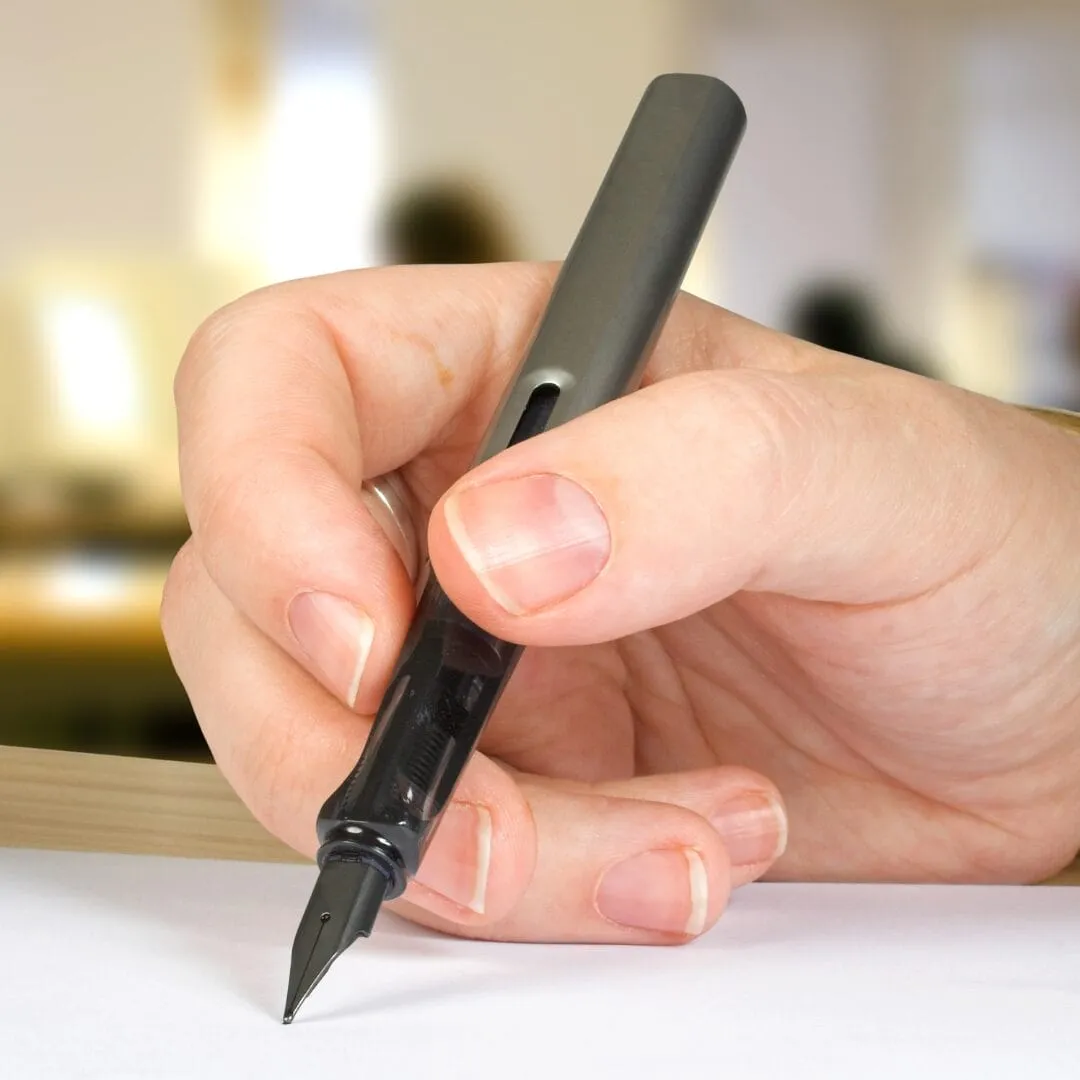Understanding the Importance of a Cover Letter
A cover letter is more than just a formality; it’s your first chance to make a strong impression on a potential employer. Think of it as your personal introduction, a document that allows you to go beyond the basic details listed in your resume. It’s your opportunity to showcase your personality, demonstrate your enthusiasm for the role and the company, and explain why you’re the perfect fit. A well-crafted cover letter can significantly increase your chances of getting an interview, setting you apart from other applicants. It provides context to your resume, linking your skills and experiences to the specific requirements of the job. In a competitive job market, a compelling cover letter can be the deciding factor in whether your application makes it to the next stage.
Why Is a Cover Letter Needed
In today’s job market, a cover letter serves as an essential complement to your resume. It offers a platform to communicate your unique selling points, making the hiring manager understand your value proposition. It allows you to express your interest in the specific role and demonstrate your understanding of the company’s mission and values. Cover letters also help you to explain any gaps in your employment history or unusual career transitions. They enable you to highlight your soft skills, such as communication, teamwork, and problem-solving abilities, which are often not explicitly stated in a resume. Furthermore, it allows you to align your qualifications with the job description. It enables you to customize each application, demonstrating that you’ve put thought and effort into the process. The letter showcases your writing skills, attention to detail, and personality, all of which can make a lasting impression.
Key Components of a Cover Letter
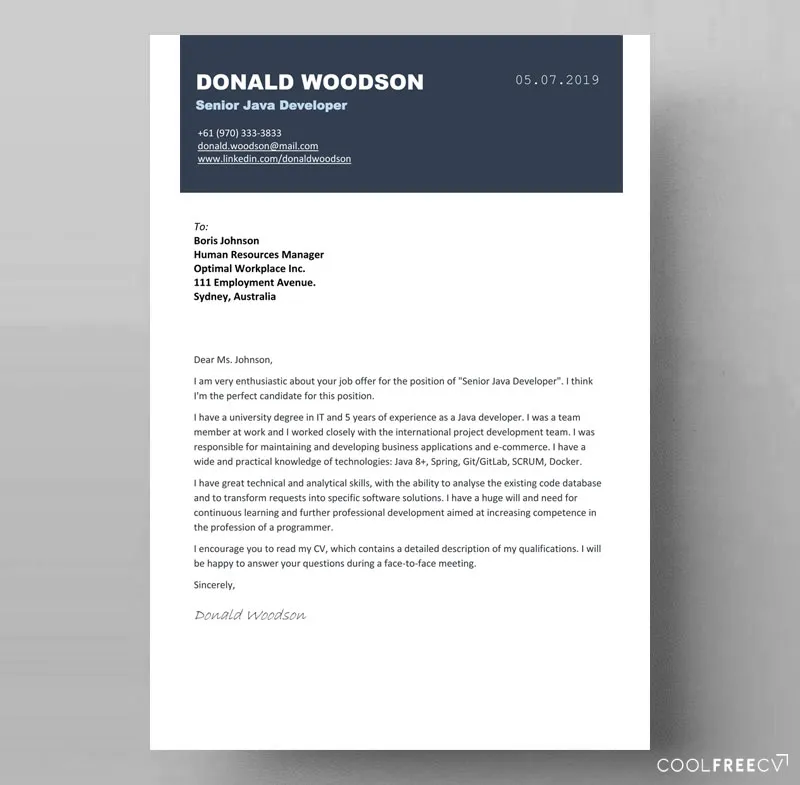
A well-structured cover letter is clear, concise, and tailored to the specific job you’re applying for. It should include several key components to effectively communicate your qualifications and enthusiasm. These components include your contact information, the date, the hiring manager’s information, and a professional salutation. The body of the letter is where you highlight your skills and experiences, focusing on how they align with the job requirements. It also includes a compelling first paragraph to grab the reader’s attention and a closing paragraph expressing your interest and thanking the reader for their time. Furthermore, it is critical to include the details on how your experiences and achievements have provided you with the knowledge and capabilities that the job is seeking.
Contact Information
At the top of your cover letter, include your full name, address, phone number, and email address. Ensure this information is accurate and up-to-date, as it’s how the employer will contact you. This information should be easy to find and clearly presented. Using a clean and professional format is important. Also, make sure the email address you use is professional-sounding (e.g., firstname.lastname@email.com). It’s also advisable to consider including a link to your LinkedIn profile, if applicable. This gives the hiring manager quick access to more information about your professional background. This will help the hiring manager easily find your contact details and reach out if they are interested in your application.
Date and the Hiring Manager’s Information
Below your contact information, include the date. Then, address the hiring manager directly if possible. If you know the name of the person who will be reviewing your application, use their name in the salutation. If you are unsure of the hiring manager’s name, research the company’s website or LinkedIn to find it. If you are unable to find a specific name, use a general salutation like ‘Dear Hiring Manager.’ Always include the company’s name, the department (if applicable), and the full address. This demonstrates your attention to detail and genuine interest in the role and company. Properly addressing your cover letter adds a personal touch and shows that you’ve done your research.
Salutation How to Start a Cover Letter
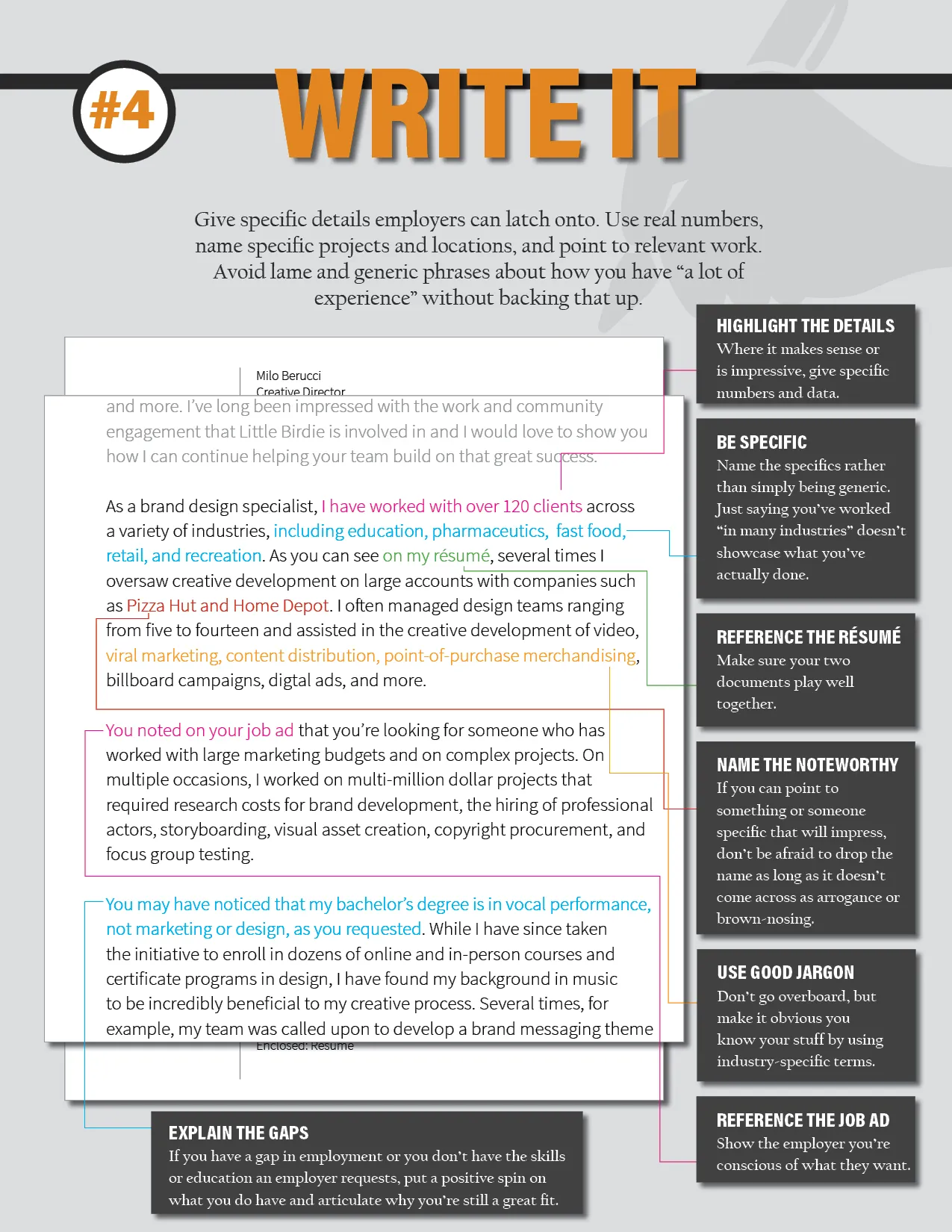
The salutation sets the tone for the rest of your cover letter. Starting with a personalized greeting is best; use ‘Dear Mr./Ms./Mx. [Last Name]’ if you know the hiring manager’s name. This shows that you’ve taken the time to find out who will be reading your application. If you can’t find a name, use a professional alternative, such as ‘Dear Hiring Manager’ or ‘Dear [Department Name] Team.’ Avoid generic greetings like ‘To Whom It May Concern,’ which can make your letter feel impersonal. Always ensure the salutation matches the professional setting and the culture of the company you are applying to. Use a professional closing, like ‘Sincerely’ or ‘Best regards’, followed by your name.
The Body of Your Cover Letter
The body of your cover letter is where you showcase your skills, experiences, and enthusiasm for the job. It should be concise, well-organized, and compelling. Divide the body into a few paragraphs to make it easy to read. Focus on how your qualifications align with the job requirements, providing specific examples to support your claims. Highlight your key skills and accomplishments, using action verbs to describe your experience. The body should clearly articulate your value proposition and demonstrate your understanding of the company and the role. Tailor each cover letter to the specific job, ensuring that you address the employer’s needs and show why you are the best candidate.
First Paragraph Grab Their Attention
The first paragraph is your chance to make a strong first impression and capture the hiring manager’s attention. Start by stating the position you are applying for and where you found the job posting. Then, immediately express your enthusiasm for the role and the company. Briefly highlight your most relevant skills or experiences that make you a strong candidate. This is your opportunity to grab the reader’s attention and encourage them to continue reading. Use a compelling opening sentence that makes the hiring manager want to learn more about you. Avoid generic openings; instead, show your excitement about the opportunity and your understanding of the company’s mission.
Highlight Your Skills and Experiences
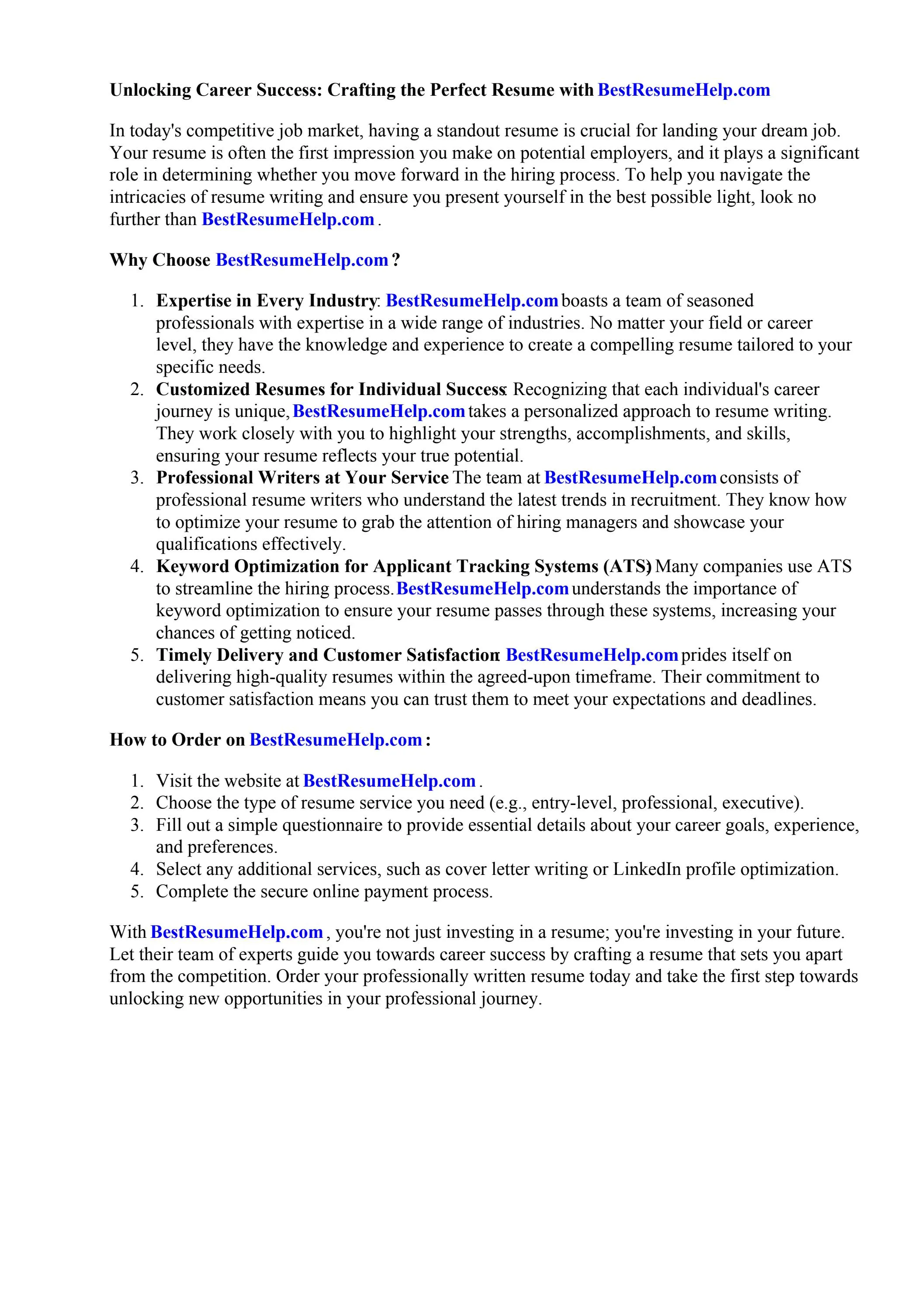
The body of your cover letter should highlight the skills and experiences that make you a strong candidate for the job. Carefully review the job description and identify the key skills and qualifications the employer is seeking. Then, provide specific examples of how you have demonstrated these skills in your previous roles. Use the STAR method (Situation, Task, Action, Result) to provide context, describe the task you were assigned, explain the action you took, and highlight the results you achieved. Quantify your achievements whenever possible; using numbers can make your accomplishments more impactful. Emphasize the most relevant experiences and tailor your letter to match the job requirements, showcasing that you are the best fit.
Tailor Your Cover Letter for Each Job
One of the most crucial aspects of writing a successful cover letter is tailoring it to each specific job application. Generic, one-size-fits-all letters rarely impress employers. Instead, carefully review the job description and identify the key skills, experiences, and qualifications the employer is looking for. Then, customize your cover letter to address these specific requirements. Highlight the experiences and skills that are most relevant to the role, and explain how you can meet the company’s needs. Show that you understand the company’s mission and values and explain why you are a good fit for their culture. This demonstrates that you’ve put thought and effort into your application. Be specific and avoid using vague language.
Quantify Your Achievements
Quantifying your achievements is a powerful way to make your cover letter more impactful and demonstrate your value to potential employers. Whenever possible, use numbers and data to illustrate your accomplishments. For example, instead of saying ‘Improved customer service,’ you could say ‘Increased customer satisfaction scores by 20%.’ Instead of saying ‘Managed social media accounts,’ you could say ‘Grew social media followers by 30% in one year.’ Using numbers provides concrete evidence of your accomplishments and makes it easier for employers to assess your impact. These details show the results you achieved in your previous roles, making your cover letter more compelling and memorable. This also helps the hiring manager understand the value you can bring to their company. Be precise and accurate.
Closing Your Cover Letter
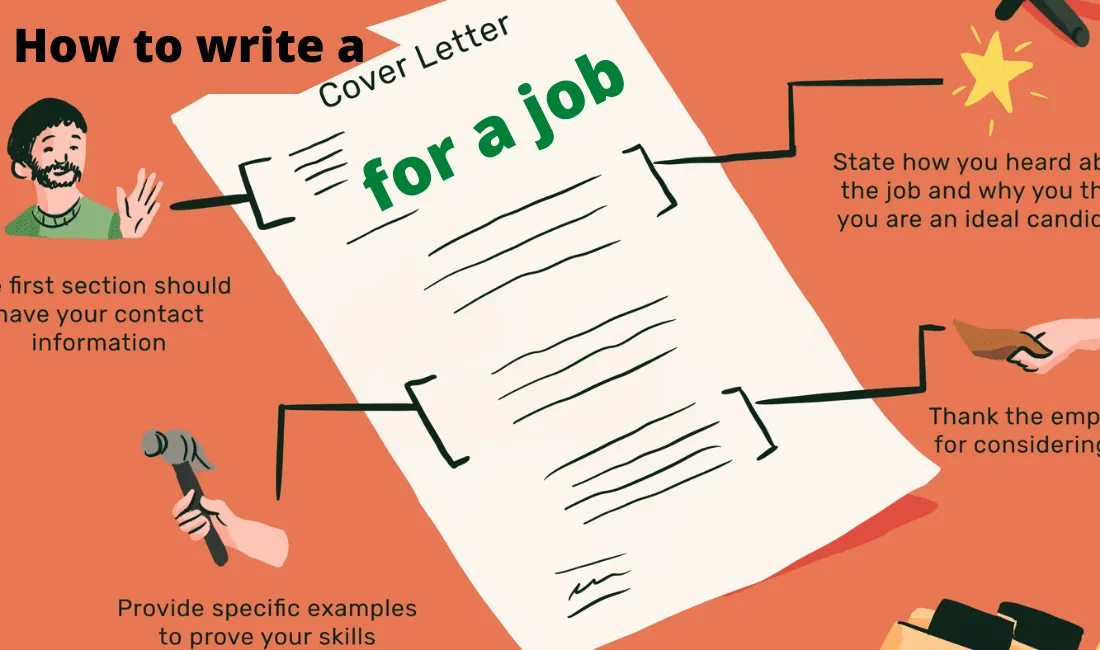
The closing of your cover letter is your final opportunity to make a positive impression and encourage the hiring manager to take action. The closing should express your interest in the position, reiterate your enthusiasm, and thank the reader for their time and consideration. Keep the closing concise and professional. Avoid generic phrases, and tailor your closing to the specific job and company. Your closing should also include a call to action, such as expressing your availability for an interview. By creating a strong closing, you demonstrate your professionalism and create a lasting impression.
Express Your Interest
In the closing paragraph, clearly state your interest in the position and the company. Reiterate your enthusiasm for the role and mention specific aspects of the job or company that appeal to you. Briefly summarize why you are a good fit, referencing your key skills and experiences. Express your eagerness to discuss your qualifications further in an interview. Show the hiring manager that you’re genuinely interested in the opportunity and confident in your ability to contribute to the company. This will leave a lasting impression and encourage the hiring manager to consider your application further. This ensures that the hiring manager remembers your enthusiasm and readiness to get started.
Professional Closing and Signature
End your cover letter with a professional closing and your signature. Common and appropriate closings include ‘Sincerely,’ ‘Best regards,’ or ‘Thank you for your consideration.’ Avoid overly casual closings. After the closing, leave a space for your signature, if you are printing and mailing the letter. If you are submitting your cover letter electronically, you can simply type your full name. Ensure your name is clearly visible. This professional ending reinforces your attention to detail and respect for the hiring process. Your professional closing and signature give the letter a polished and professional appearance.
Proofreading and Formatting Your Cover Letter
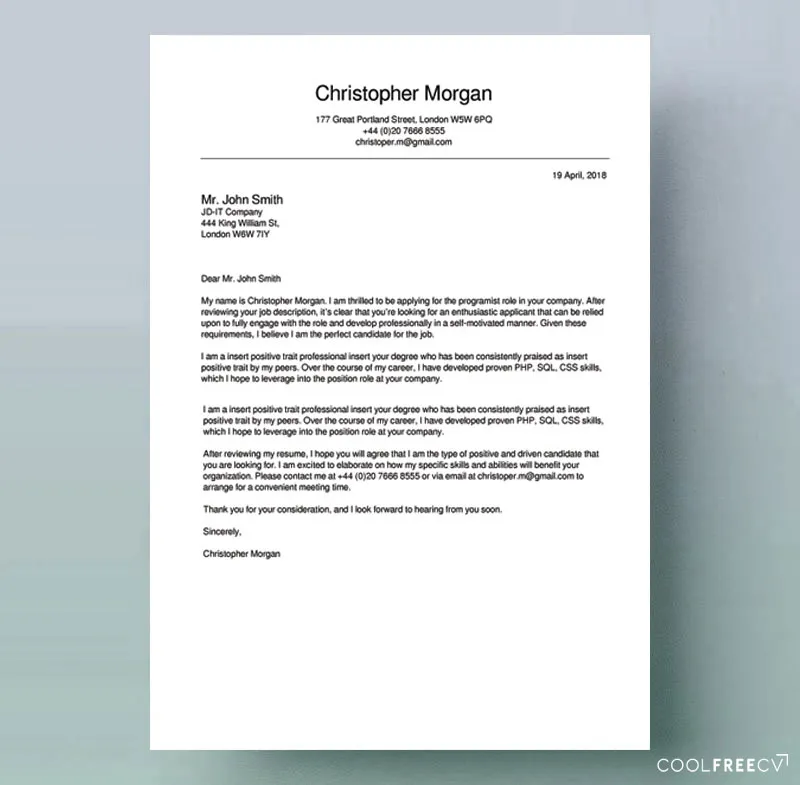
Before submitting your cover letter, it’s crucial to proofread and format it carefully. Typos, grammatical errors, and poor formatting can undermine your credibility and make a negative impression. Proofreading ensures that your cover letter is polished, professional, and error-free. Proper formatting enhances readability and presents your information clearly and concisely. These steps show your attention to detail and respect for the hiring process, which are essential for making a good impression. This shows that you care enough about your application to present it at its best.
Formatting Tips
Formatting your cover letter correctly is crucial for readability and a professional appearance. Use a clean, easy-to-read font like Arial, Calibri, or Times New Roman. Keep the font size between 10 and 12 points. Use single-spaced lines and leave a blank line between each paragraph. Ensure consistent formatting throughout the entire document. Use left-aligned text; avoid justification. Maintain consistent margins of at least one inch on all sides. Use bolding and italics sparingly, only to emphasize key points. Also, ensure the format is compatible with the way the employer requests the document. Make sure your cover letter is easy to read and visually appealing.
Proofreading for Errors
Proofreading is essential to ensure your cover letter is free of errors. Carefully read your cover letter multiple times, looking for any typos, grammatical mistakes, and spelling errors. Use a spell checker and grammar checker, but don’t rely on them entirely. Ask a friend or family member to proofread your letter as a second set of eyes can often catch mistakes you might miss. Check that all your contact information is accurate and that you’ve addressed the hiring manager correctly. Make sure that the content flows logically and that your sentences are clear and concise. By proofreading thoroughly, you will show the employer that you pay attention to detail and are committed to presenting yourself professionally.
